How To Extract Data From Excel Sheet Using Php
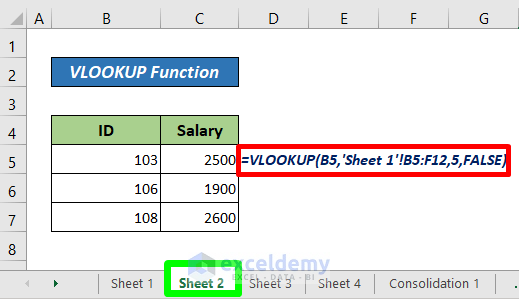
Excel spreadsheets are ubiquitous in data management due to their ease of use for organizing, analyzing, and storing data. However, when it comes to integrating this data into web applications or databases, developers often need to use scripting languages like PHP to interact with these files. In this comprehensive guide, we'll walk through the steps to extract data from an Excel sheet using PHP, explore some challenges, and look at advanced techniques.
Prerequisites for Extracting Data with PHP
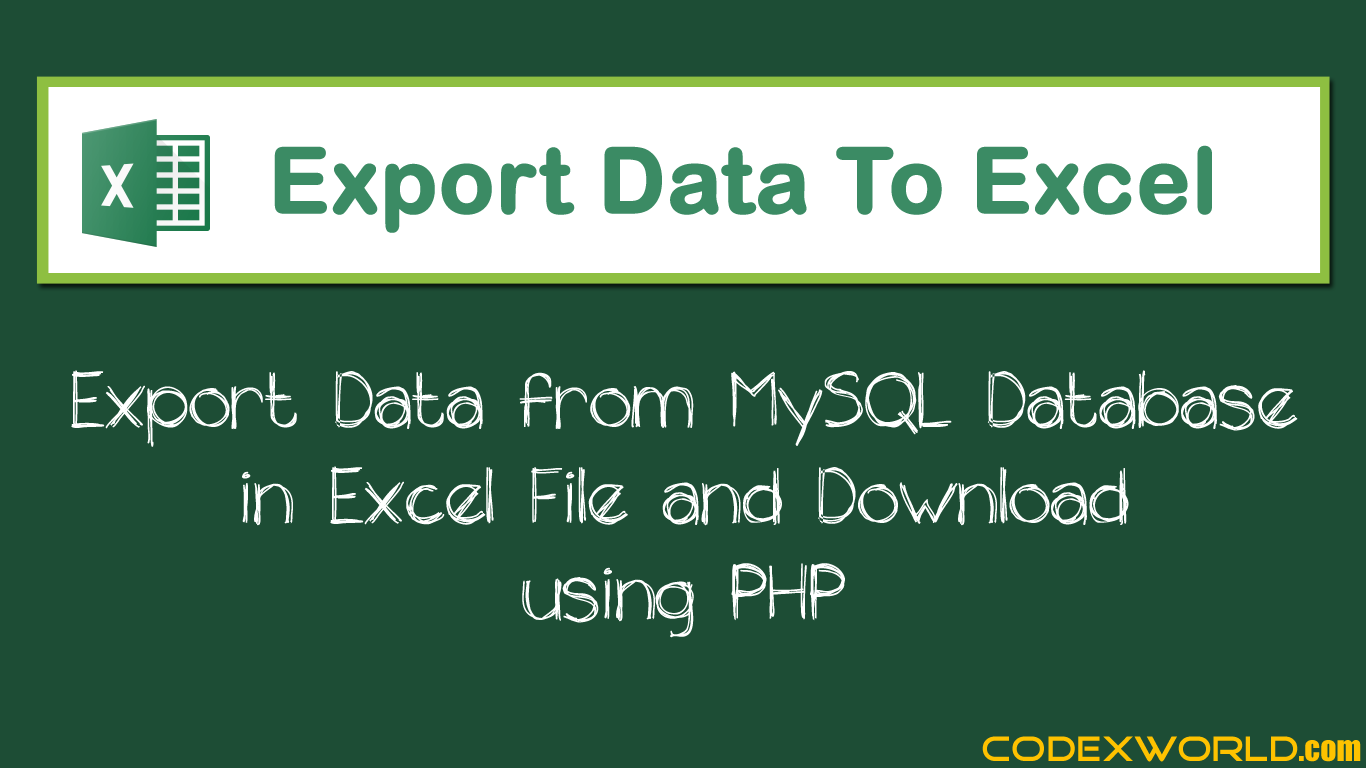
Before diving into the coding aspect, ensure you have:
- PHP Installed: PHP should be installed on your web server or local machine.
- Excel File: An Excel file (.xls or .xlsx) with data that you wish to extract.
- PHPExcel or PhpSpreadsheet: One of these libraries is essential for reading Excel files.
Setting Up Your PHP Environment
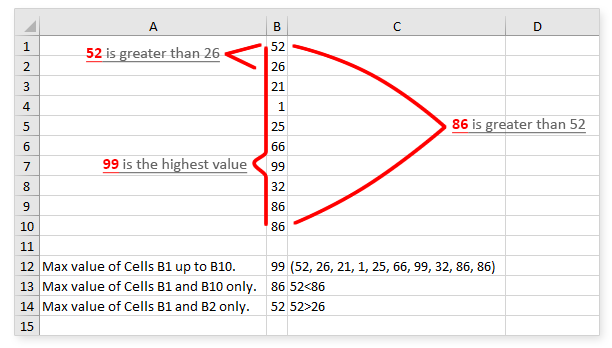
To work with Excel files in PHP:
- Install or include PHPExcel or PhpSpreadsheet in your project.
You can do this via Composer: - Load the necessary autoload file in your PHP script:
composer require phpoffice/phpspreadsheetrequire ‘vendor/autoload.php’;Reading Excel Data with PHP
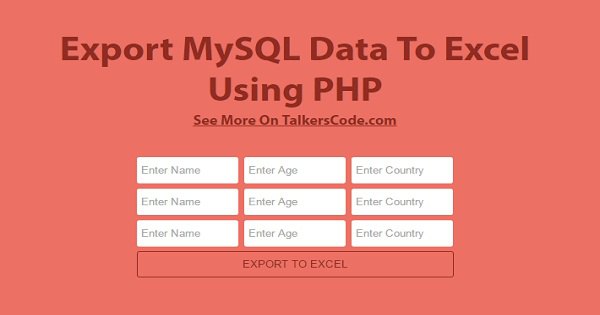
Here’s how to extract data from an Excel sheet using PhpSpreadsheet:
- Load the spreadsheet:
use PhpOffice\PhpSpreadsheet\Spreadsheet; use PhpOffice\PhpSpreadsheet\Reader\Xlsx;
reader = new Xlsx(); spreadsheet = $reader->load(“example.xlsx”);
<li>Access the active sheet or specify a sheet by index:</li>
$sheet = $spreadsheet->getActiveSheet();<li>Iterate through rows and columns to retrieve data:</li>
rowCount = sheet->getHighestRow(); columnCount = sheet->getHighestColumn(); columnCountNumeric = \PhpOffice\PhpSpreadsheet\Cell\Coordinate::columnIndexFromString(columnCount);
for (row = 1; row <= rowCount; row++) { for (column = 'A'; column <= columnCount; column++) { cellValue = sheet->getCell(column . row)->getValue(); echo $cellValue . “ “; } echo “
”; }
⚠️ Note: This basic example assumes you are dealing with simple cell values. Excel sheets can contain complex data like dates, formulas, and merged cells which might require additional handling.
Handling Different Data Types

Excel cells can hold various data types including text, numbers, dates, and formulas. Here’s how you might deal with them:
- Numbers: PhpSpreadsheet automatically detects numeric values.
- Text: Text is straightforward; however, ensure to handle string encoding if needed.
- Dates: Excel stores dates as numbers, which PhpSpreadsheet can convert to a DateTime object or a formatted string.
- Formulas: PhpSpreadsheet can retrieve the formula or the calculated value. Use
$sheet->getCell('A1')->getCalculatedValue();for the result of a formula.
Dealing with Large Excel Files
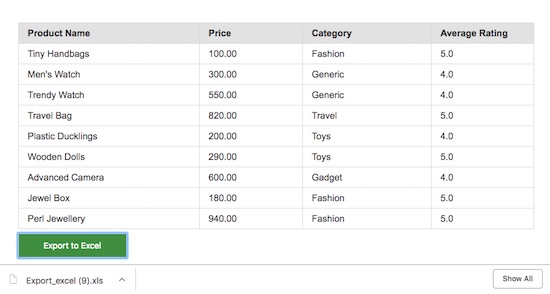
When processing large Excel files, memory efficiency becomes crucial:
- Use the
readFilterfunctionality to read only specific ranges:
reader->setReadFilter(readFilter);chunkSize = 100;
rowCount = sheet->getHighestRow();
for (startRow = 1; startRow <= rowCount; startRow += chunkSize) {
chunkReader = reader->chunk(startRow, chunkSize, function(worksheet, startRow, $rowData) {
// Process chunk here
});
}Advanced Data Extraction Techniques

For more complex scenarios:
- Named Ranges: Use named ranges to extract specific data sets.
- Conditional Formatting: Read and possibly act on conditional formatting rules.
- Data Validation: Check for constraints applied to cells through data validation rules.
- Hyperlinks: Extract links attached to cells or the entire sheet.
Security Considerations

When dealing with file uploads and Excel files:
- Ensure the PHP script can access only the intended file locations.
- Validate the file type to prevent potential security threats.
- Scan the file for viruses or malicious macros before processing.
In summary, extracting data from an Excel sheet using PHP can be quite straightforward with the right tools and an understanding of Excel’s data structures. Whether you’re integrating Excel data into web applications or performing data analysis, PHP with PhpSpreadsheet or PHPExcel offers robust solutions. Remember to consider data types, handle large files efficiently, and adhere to security best practices to ensure a smooth data extraction process.
What if my Excel sheet has merged cells?
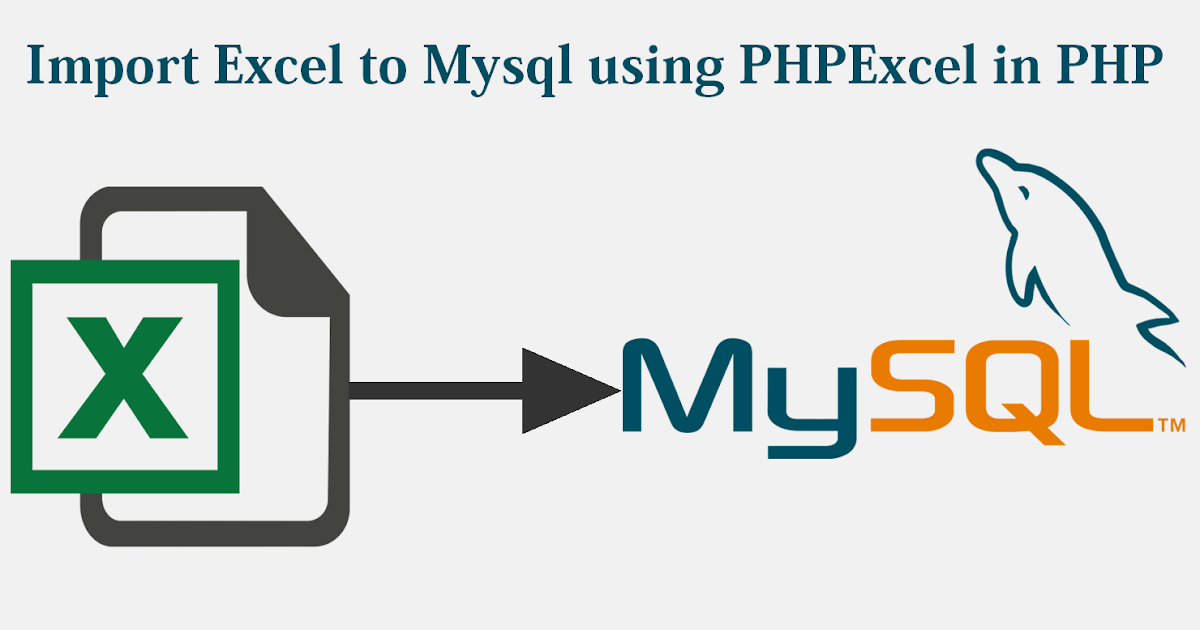
+
PHPExcel and PhpSpreadsheet can handle merged cells. Use the getMergeCells() method to identify merged ranges, and then treat the top-left cell as the data holder for the entire merged area.
Can I write back to the Excel file after modifying data?

+
Yes, you can modify data and save back to the Excel file using the writer classes like XlsxWriter or XlsWriter.
How can I work with password-protected Excel files?
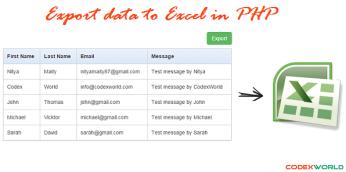
+
Neither PHPExcel nor PhpSpreadsheet currently support directly reading encrypted Excel files. You would need to remove the password protection or use a third-party library like zipArchive to decrypt the file before processing.